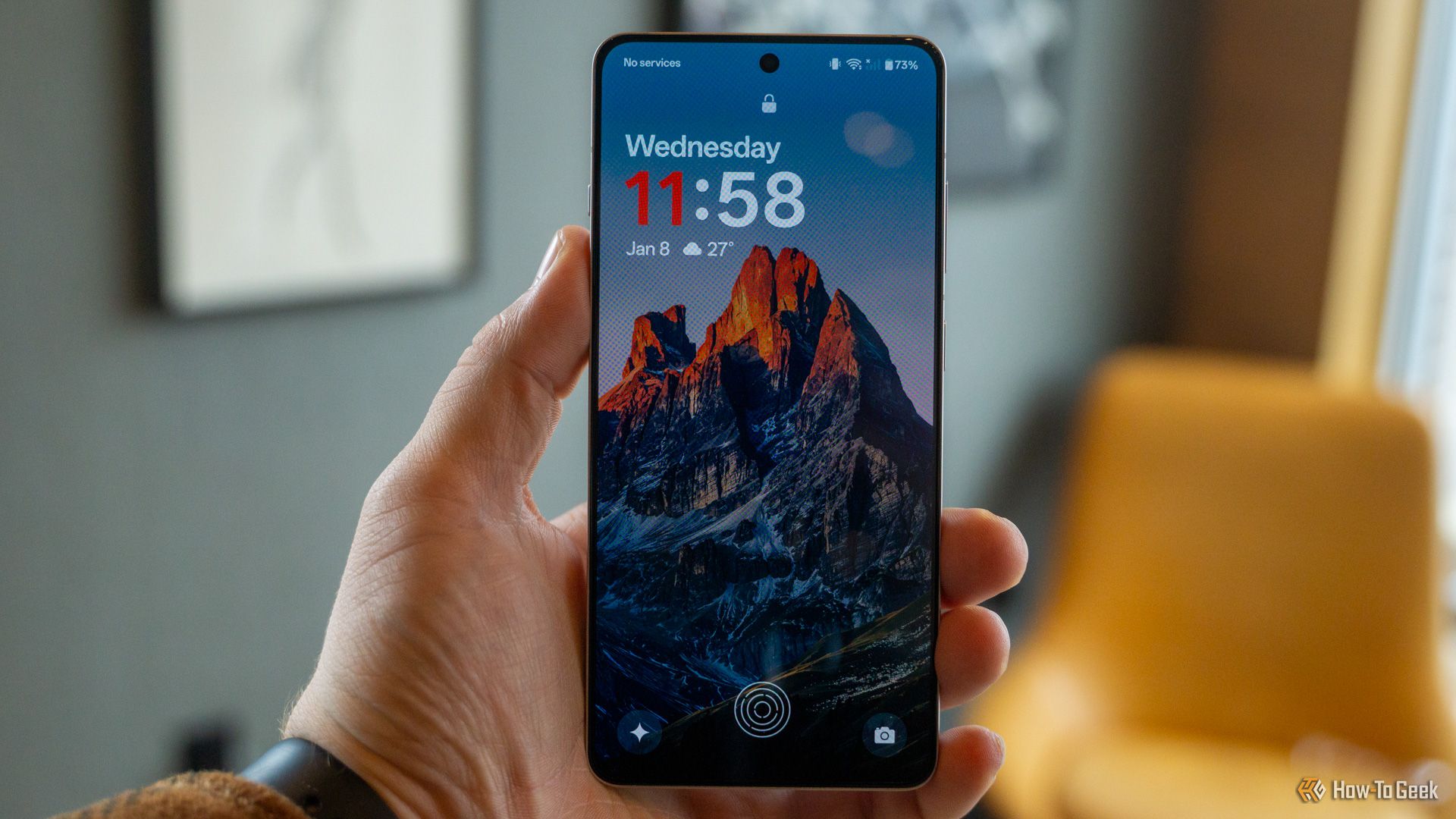Summary
- The OnePlus 13T has a smaller 6.32-inch display compared to the OnePlus 13 but retains flagship specs.
- Features include Snapdragon 8 Elite processor, up to 16GB of RAM, and a 50MP dual-sensor camera without Hasselblad branding.
- Notable changes include a massive 6,260 mAh battery and the removal of the physical alert slider, replaced by a customizable shortcut button.
OnePlus launched the 13 series earlier this year, and it’s been a really solid entry—it even got support for the Android 16 beta earlier this month. Now, the company has just announced the OnePlus 13T. Yes, the T-series is back, though it’s a bit different this time around.
OnePlus has officially introduced its latest smartphone, the OnePlus 13T, in China. It’s the first time OnePlus has launched a T-series device since the OnePlus 10T was launched all the way back in 2022. As this three-generation break, though, it looks like this range’s philosophy might have changed a bit. T-series phones used to be mid-generation refreshes that kept a lot of the same DNA as OnePlus’ standard releases while adding things like better cameras or slightly refreshed SoCs. Don’t get us wrong—this still has flagship specs. Whether it shares the same DNA as the OnePlus 13, though, is a subject of debate. It’s a very different phone.
Starting out with the size. The OnePlus 13T features a 6.32-inch OLED display. OnePlus is positioning this as a more compact offering compared to its standard OnePlus 13 model, which has a 6.82-inch screen, but the 13T’s display is marginally larger than the panels found on the base models of the iPhone 16 and Galaxy S25. So it is smaller than the OnePlus 13, and if you thought that phone was too big, this one might be worth a look.
Specifications-wise, it’s virtually identical. Under the hood, the OnePlus 13T is powered by the same Snapdragon 8 Elite processor found in the standard OnePlus 13. The phone will also be available in configurations offering up to 16GB of RAM and up to 1TB of internal storage, so it should perform identically to the regular OnePlus 13. One thing that has changed is the camera. We have a dual-sensor setup with a 50-megapixel main sensor and a 50-megapixel telephoto sensor offering 2x optical zoom. The camera also doesn’t appear to have the Hasselblad branding that the OnePlus 13 does have, which probably means OnePlus doesn’t see this as having a “flagship” camera.
Perhaps the most notable change here is the massive 6,260 mAh battery. This battery is bigger than the one in the standard OnePlus 13 (6,000 mAh) and also bigger than what we’ve seen in phones with famously large batteries, like the Samsung Galaxy S25 Ultra (5,000 mAh). OnePlus attributes this to advances in the silicon-carbon battery technology previously used in the OnePlus 13. This updated technology allows for greater energy density, enabling more capacity to be fitted into a smaller physical volume compared to traditional lithium-ion cells. And to replenish this large battery, the phone supports 80W wired charging, which should be able to top up the phone relatively quickly.
We’re also saying goodbye to the physical alert slider (again). In its place, the 13T incorporates a customizable shortcut button located on the side frame. This button can be configured to perform various actions, including controlling notification modes (silent, vibrate, ring), launching specific apps, capturing screenshots, or activating AI-related features.
OnePlus is very likely positioning this as a sort of Pixel 9a or iPhone 16e competitor—a phone with flagship specs but that otherwise cuts a few other corners to bring the price down. And this is reflected in the price, which is set at CNY 3,399, which converts to approximately $466. For now, this phone is launching in China, though global availability is supposed to come over the following months. We don’t know how this might be priced in the US due to tariffs, but you might want to expect something outrageous.
Source: Oppo (Chinese) via The Verge





